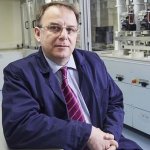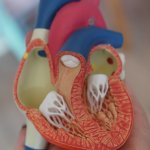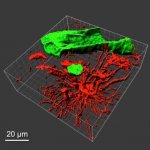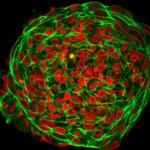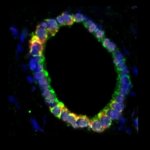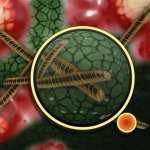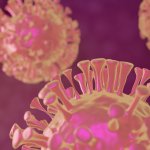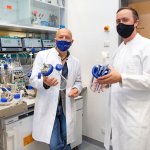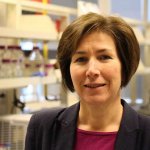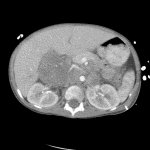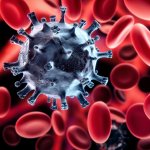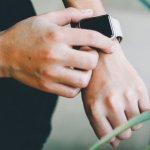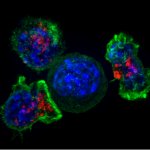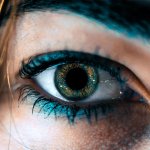
News • Neuro-map reveals nourishment mechanisms
Food for thought: How our brain keeps its supply up
Our brains are non-stop consumers. A labyrinth of blood vessels, stacked end-to-end comparable in length to the distance from San Diego to Berkeley, ensures a continuous flow of oxygen and sugar to keep our brains functioning at peak levels. But how does this intricate system ensure that more active parts of the brain receive enough nourishment versus less demanding areas? That’s a century-old…





